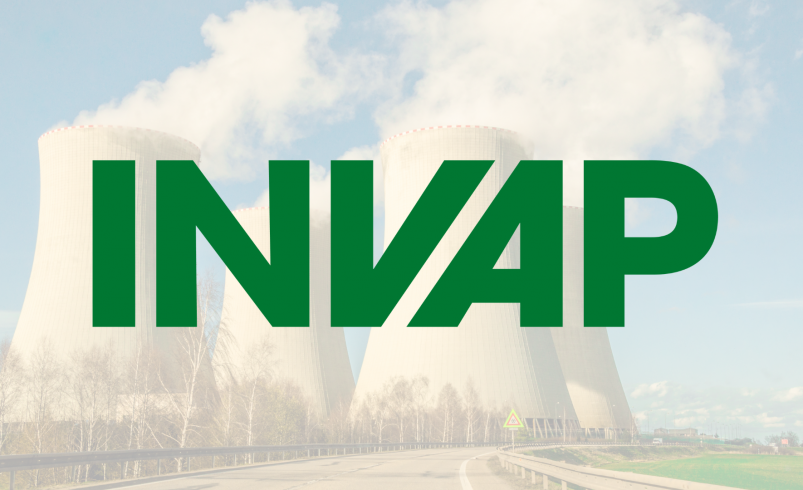Building nuclear capability: Takeouts for the Philippines from Argentina nuclear program
- October 26, 2025
- 0

When Argentina’s INVAP S.E. was founded in 1976, it began not as a multinational corporation but as a small research-based company born from a simple vision: to harness science and engineering for national progress. Today, INVAP has grown into a world-renowned provider of nuclear technology, having designed and built research reactors in several countries — including Australia, Egypt, Algeria and Saudi Arabia with an ongoing project in Th
In an exclusive interview with Power Philippines, Pablo Abbate, Vice President Nuclear Business Development at INVAP, said that Argentina’s experience in developing a homegrown nuclear program – founded on education, transparency, and institutional continuity- could offer valuable insights for the Philippines.
“What truly set Argentina apart was the decision to invest in human capacity — engineers, technicians, and scientists — rather than focusing solely on facilities,” Abbate said. “With that foundation in place, a country can sustain nuclear development responsibly for decades.”
Building trust through transparency and technical excellence
Abbate emphasized that Argentina’s nuclear journey was not without public hesitation. Early on, the government worked closely with universities, research centers, and regulators to ensure that citizens understood how nuclear technology could be developed safely and for peaceful use.
“In the case of Argentina — and very much in line with IAEA recommendations — we f
From research to real-world application
INVAP’s core mission remains focused on research reactors, medical isotope production, and the development of small modular reactor (SMR) designs — a technology that could have significant applications for developing nations like the Philippines, especially in a country where energy demand is growing and reliability remains a challenge.
“Our experience shows that starting small — through research reactors or smaller-scale facilities — may help countries that want to develop their expertise before scaling up to commercial operations,” “You don’t necessarily have to start with a massive power plant to benefit from nuclear energy,” Abbate said. “Nevertheless, it is possible to design a well-structured program for nuclear power development, provided there is a reactor vendor willing to support the undertaking — as was the case in the United Arab Emirates.”
It is worth noting that in the case of the Philippines, the PRR-1 Triga nuclear research reactor operated from 1963 to 1988, while a subcritical assembly (SATER), developed indigenously by the PNRI, and has been in operation since 2022.
Insights from Argentina’s Nuclear Experience
As the Philippines considers reintroducing nuclear energy, Abbate believes a crucial lesson from Argentina’s journey is the value of consistency. Policies and programs, he said, must be allowed to mature across administrations, supported by long-term investments in technical education and local capability-building.
“If you want to succeed in nuclear energy, you have to think in decades, not years,” he said. “It’s about institutions that outlast political terms and a culture of science, technology, and engineering that persists and develops steadily. “He added that cooperation between the public and private sectors will also be vital, as will continued dialogue with international partners to ensure that safety, technology transfer, and sustainability remain at the center of the Philippines’ nuclear roadmap.
“Argentina’s success came from the understanding that nuclear energy is not just a technical issue — it’s a social one,” Abbate said. “Every country’s journey is different, but the foundation is the same: trust, education, technical excellence and long-term vision.”
With INVAP’s story as an example, the Philippines’ path toward nuclear energy could hinge not only on infrastructure or investment, but on how well it nurtures its own generation of scientists and engineers — and how clearly it communicates that vision to its people.
How can the Philippines ensure its nuclear ambitions are guided by science, safety, and public trust?
Follow Power Philippines on Facebook and LinkedIn or join our Viber community for more updates.